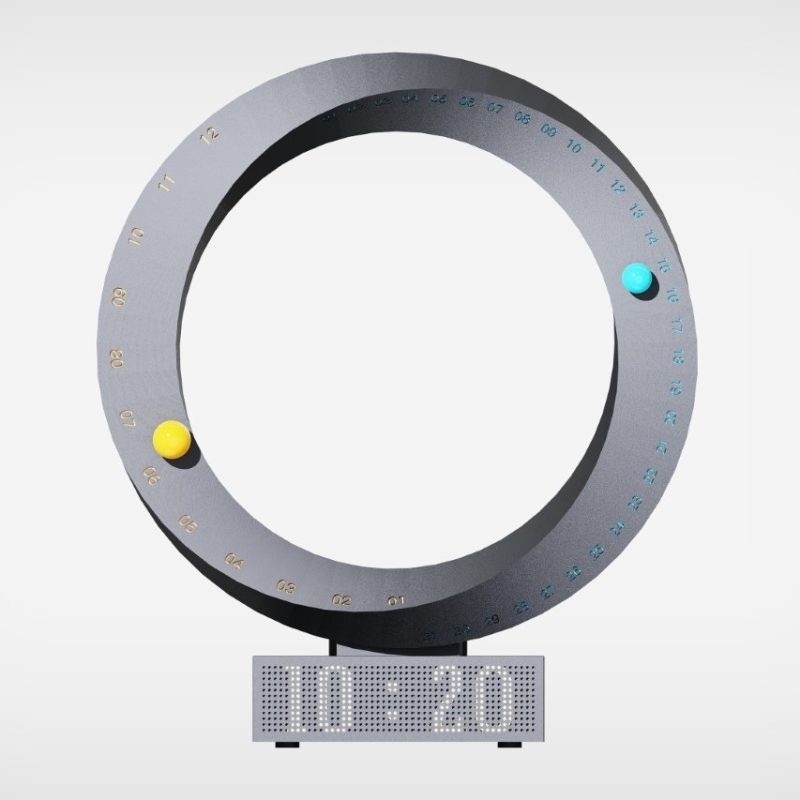These Top 10 Fastest Trains in the World are a Must Ride if You Visit These Countries
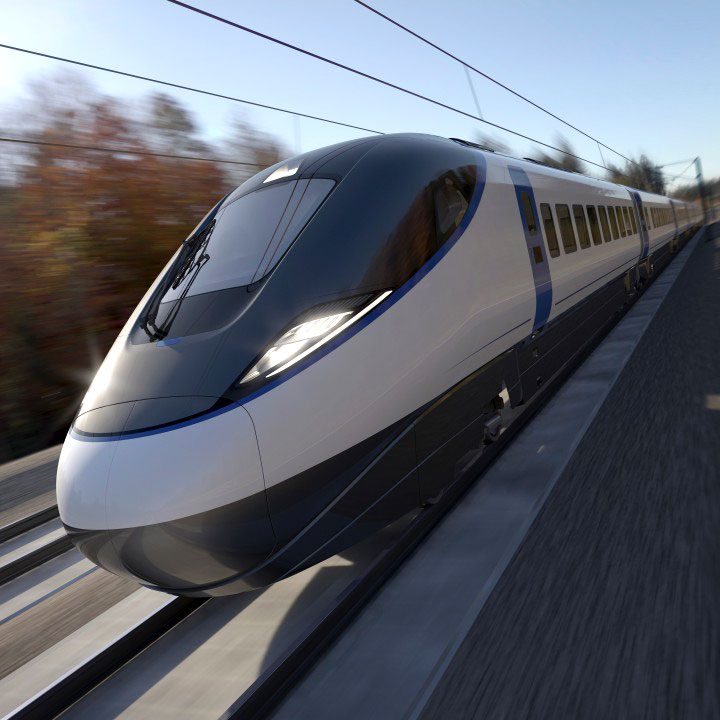
The top 10 fastest trains in the world on this list are not your grandfather’s steam powered locomotives that chugged along between 40 to 65 mph in the 1920’s. Today’s trains can reach incredible speeds thanks to cutting-edge engineering and advanced technologies.
Trains today can achieve speeds of over 200 mph, cutting travel time between destinations by almost 90%. Countries employing high-speed rail in the transportation sector have achieved a level of efficiency never seen before, offering passengers a fast and affordable option to driving a car or flying an airplane.
High-speed trains have revolutionized transportation in these countries and have greatly reduced carbon emissions and greenhouse gases by reducing the number of cars on the roads.
While high-speed rail has been around since the 1980’s, pioneered by the Japanese Shinkansen and the French TGV, it has remained the domain of only a few countries. Until recently, China has entered the high-speed rail domain producing trains that are now the fastest in the world.
Besides China, many other nations are aiming to employ high speed rail, notably Egypt, Morocco, South Korea, Saudi Arabia, India, Russia and even the United States which has long been averse to high-speed rail.
What are the fastest trains in the world? The trains on this list are currently the fastest in the world and if you are fortunate to visit these countries, experiencing the thrill of riding on a high-speed line should be something on your things to do list.
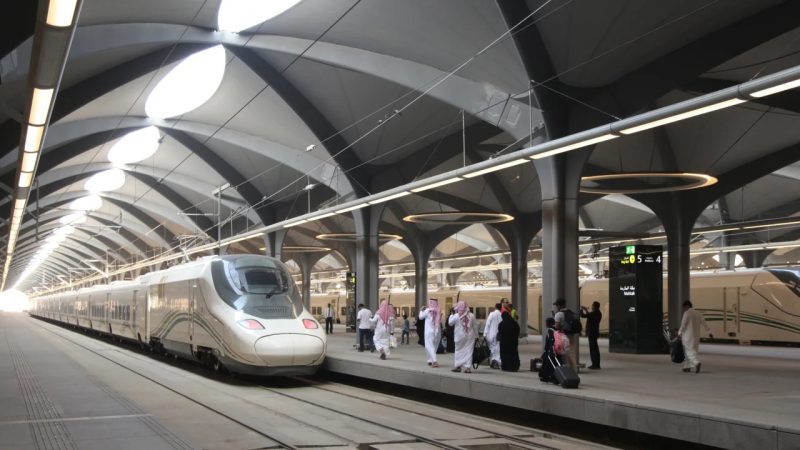
Saudi Arabia’s Haramain trains operate between Mecca and Medina.
10. Saudi Arabia – Haramain High Speed Railway (186 mph/300 kph)
At number 10 on this list is the Haramain High Speed Railway (HHR) which links the holy cities of Mecca and Medina.
The trains travel at a maximum speed of 186 mph (300 kph) reducing the travel time between the cities from 10 hours by car to just 2 hours.
Because of the extreme desert environment, the 35 cars built in Spain are specially modified for the desert environment and are able to operate in extreme temperatures as high as 122 degrees Fahrenheit.
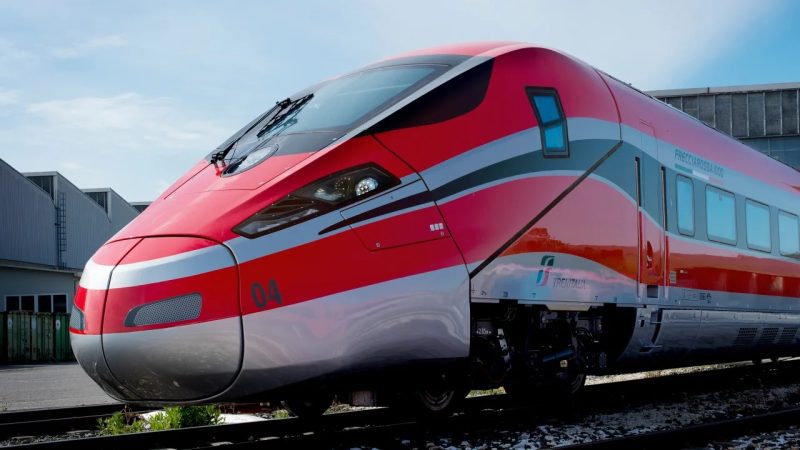
Italy’s Red Arrow or Frecciarossa trains is one of the fastest in Europe.
9. Italy – Trenitalia ETR1000 (186 mph/300 kph)
Most European countries have high-speed rail and Italy has been at the forefront with the Trenitalia ETR1000 introduced in 2017.
The trains travel at 186 mph (300 kph) but are designed for a maximum speed of 250 mph (400 kph). Frecciarossa (Red Arrow) trains as they are known locally are highly aerodynamic and streamlined for extreme speeds with one clocking a whopping 245 mph (394 kph) in 2016.
The trains seats 457 passengers in four classes, standard, business, premium and executive and links major Italian cities in the North such as Turin, Milan and Venice with Bologna, Florence, Rome and Naples in the southern half of the country.
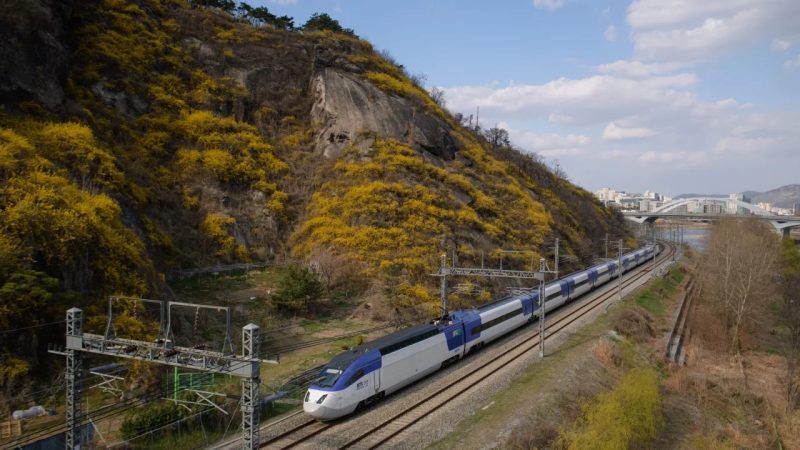
South Korea’s KTX trains operates between Seoul and Busan.
8. South Korea – KTX (190 mph/305 kph)
South Korea is one of four countries in the world to develop a train capable of traveling over 260 mph (420 kph). Starting with the Seoul-Busan line in 2004, the country has rapidly expanded its high-speed railways to connect other major metropolitan areas.
The domestically designed and engineered KTX trains are limited to speeds of 190 mph (305 kph) but can achieve speeds of 205 mph (330 kph). They have drastically cut travel times between Seoul and Busan to under two hours and fifteen minutes.
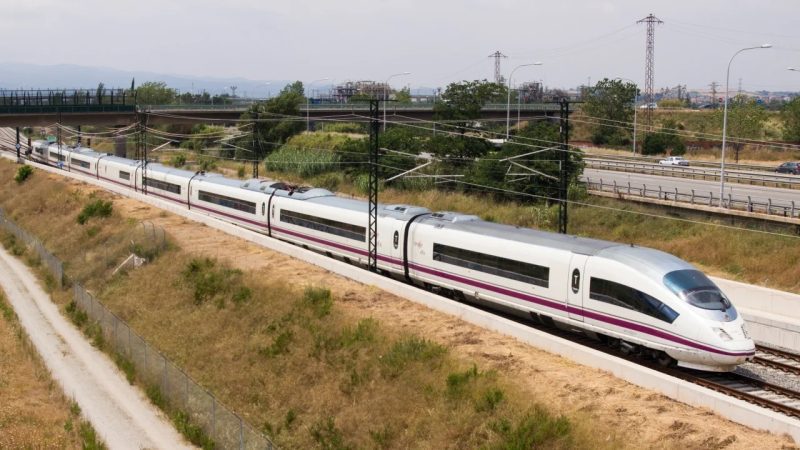
Spain has greatly expanded its high speed rail network over the past 30 years.
7. Spain – AVE S-103 (193 mph/310 kph)
Spain has long been a member of the high-speed rail club, joining in 1992 with TGV trains from France. Spain has Europe’s longest network of dedicated long-distance lines connecting major Spanish cities such as Madrid, Seville, Malaga, Valencia, Galicia and Barcelona.
The Alta Velocidad Espana (AVE) trains operate at speeds of 193 mph (310 kph), although they can achieve maximum speeds of 217 mph (350 kph). With a seating capacity of 404 passengers, the AVE trains have removed the stigma from Spain as being a country with low-speed rails and long delays.
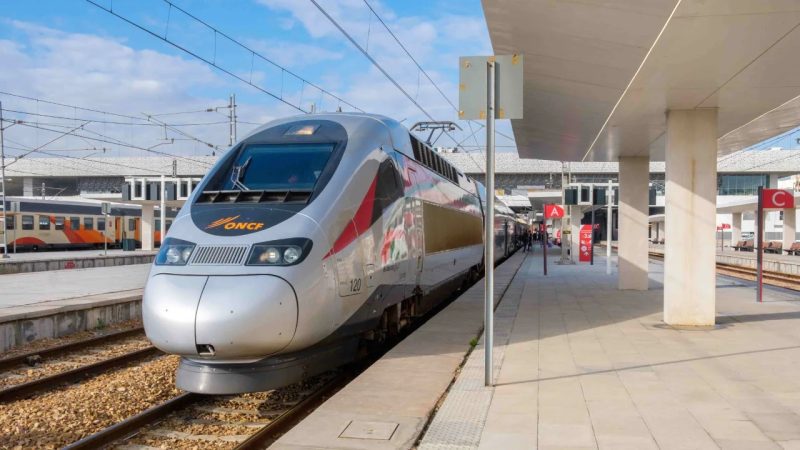
Morocco’s Al Boraq is the first high-speed rail in Africa.
6. Morocco – Al Boraq (198.5 mph/320 kph)
Morocco is the first country in Africa to have high-speed rail service. Opened in 2018, the Al Boraq links the port city of Tangier with Casablanca at speeds of 198.5 mph (320 kph).
The line is the first of a planned 930 mile (1,500 km) high-speed network planned by the government. The trains are based on the French TGV Euroduplex double-deck electric trains.
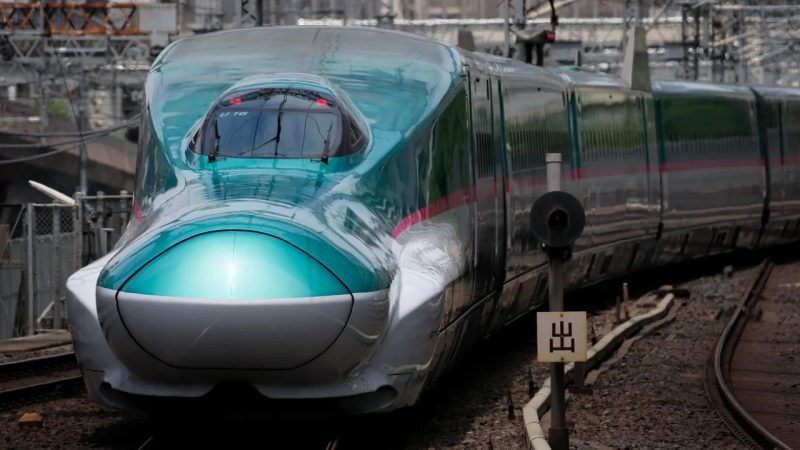
Japan’s Shinkansen trains are so fast they produce sonic booms entering tunnels.
5. Japan – JR East E5 (200 mph/320 kph)
Japan is the first country in the world to pioneer high-speed rail in 1964 and continues to be at the forefront of high-speed rail technology.
Its ubiquitous Shinkansen lines currently operate at speeds of 186 mph (300 kph). However, the new E5 “Bullet Trains” operated by Japan Railway East (JR East) can reach speeds of 200 mph (320 kph).
The E5 Bullet Trains are built with lightweight aluminum alloy with active suspension that allows them to negotiate curves at high speeds.
The extremely long nose of the train was designed to reduce sonic booms as the train enters and exits tunnels on the rail line. Introduced in 2011, the trains seats 731 passengers and operates between Tokyo and Shin-Aomori and on the Hokkaido Shinkansen.
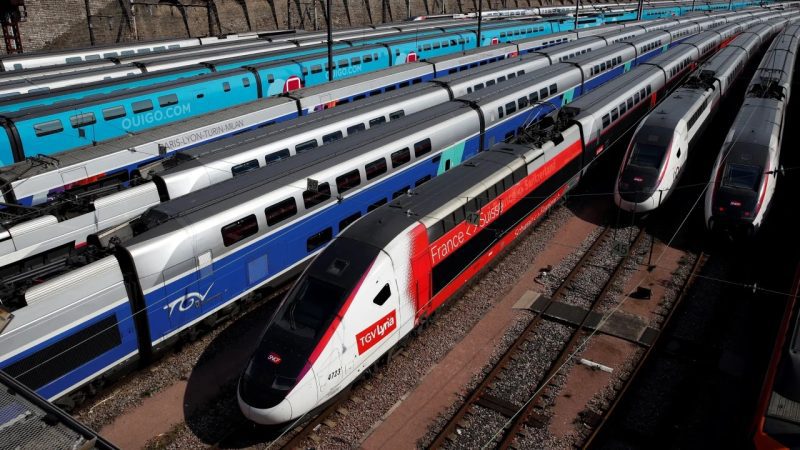
France’s TGV trains are the oldest high-speed rail in Europe.
4. France – TGV (198.5 mph/320 kph)
France holds the world record for the fastest high-speed rail travel with an astonishing 357 mph (574.8 kph) set on April 3, 2007. The country also holds the record of having Europe’s first dedicated high-speed network.
Today, high-speed lines connect Paris, Lyon Marseille, Bordeaux, Nantes, Strasbourg, and every corner of France and outside its borders with Brussels and London. The TGV’s are the oldest high-speeds trains currently operating in Europe and has undergone multiple upgrades over the last 40 years.
The single deck TGV’s of the 1980’s has given way to more advanced high-capacity multi-deck “Duplex” trains capable of carrying more passengers and operating in tandem with trains from Germany, Switzerland and Spain.
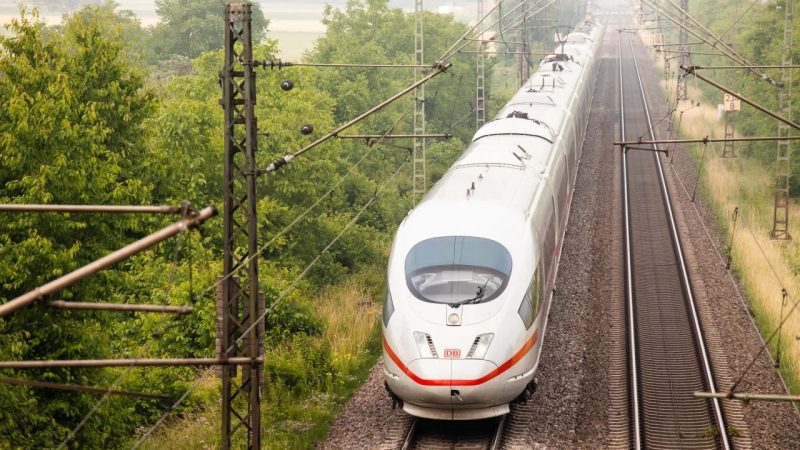
Germany’s Inter-City Express trains connects most German Cities.
3. Germany – ICE3 (205 mph/330 kph)
Germany’s famous Intercity Express (ICE) trains is a large family of trains that operate throughout the entire country. The fastest of which is the ICE3 which can achieve speeds of 205 mph (330 kph). They have reduced the travel time between Cologne and Frankfurt from two hours and thirty minutes to just one hour.
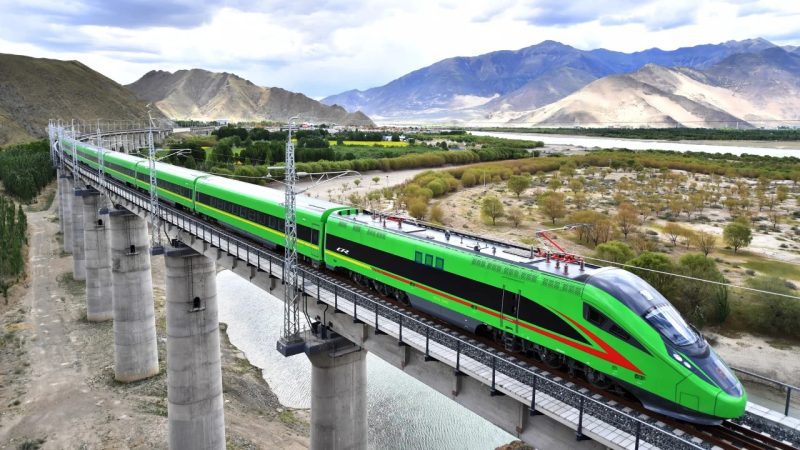
China’s Fuxing trains carries 1,200 passengers at speeds of 217 mph.
2. China – CR400 “Fuxing” (217 mph/350 kph)
China is a relative newcomer to the high-speed train club but has moved from the back of the class to the front. China is now the leading innovator in high-speed rail technology and the country with the largest network of high-speed trains in the world.
The CR400 “Fuxing” is one of its newest additions to an expansive fleet of high-speed trains. The CR400 operating speeds is 217 mph (350 kph) but it can reach a maximum speed of 260 mph (420 kph).
The “Fuxing” is a derivative of previous generations of high-speeds trains imported from Europe and Japan. The trains can seat 1,200 passengers in luxury with in-seat entertainment, smart glass displays, wireless charging, smart cabins, and much more. The CR400 currently operates on the Beijing-Shanghai-Hong Kong route.
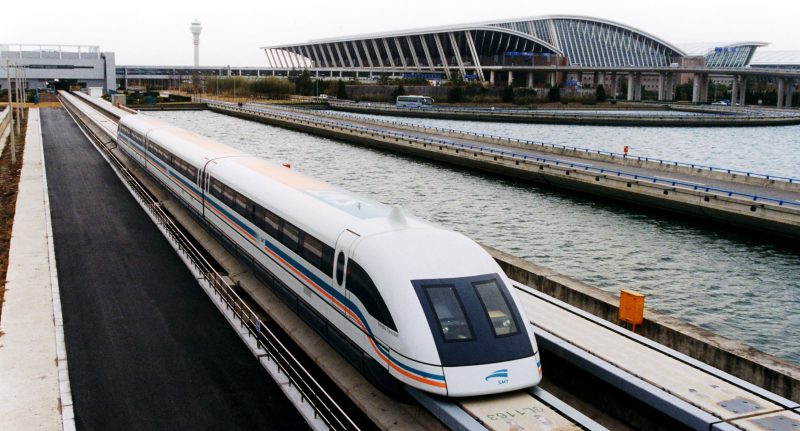
Shanghai’s Maglev currently holds the world record as the fastest train in the world.
1. China – Shanghai Maglev (286 mph/460 kph)
Number one on this list is China’s Shanghai Maglev. It’s the world’s fastest public transport train and the world’s only passenger carrying maglev in service.
The train based on German technology, uses magnetic levitation instead of wheels on a steel rail. While more expensive to build and operate, the speed of maglev trains compared to traditional high-speed trains makes the investment worthwhile.
The Maglev connects Shanghai’s Pudong airport with Longyang Road station in the city center, a distance of 30 kilometers in only seven minutes. Operating speeds have been set to 286 mph (460 kph). With experience garnered from the operation of the Shaghai Maglev, China has developed a domestically designed and engineered maglev that travels at speeds of 373 mph (600 kph) and plans to deploy it on a new network of maglev lines connecting major cities.

